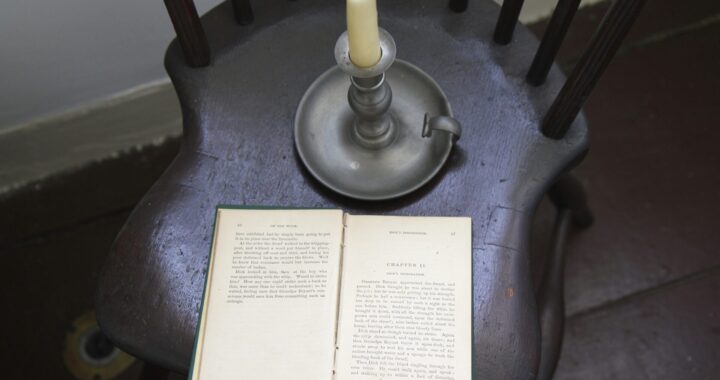Ten things I learned during my writing journey
Since I was a lifelong librarian, and in the book world to some degree, I thought I would have an advantage doing the necessary research for the historical murder mysteries.
Nothing was further from the truth. I had a lot to learn.
Here are ten tips for a beginning writer, advice I learned the hard way.
Tip 1: Research, research, research. Don’t assume what is ‘common’ knowledge is the truth. I usually start the process, before I even begin plotting the mystery, by reading everything I can get my hands on about the historical period, famous people, arts and culture, religion – you get the idea. As I write the first draft, I move into more detailed research. I choose a year and really dig into that year. For my Will Rees series, I study important political events, examine drawings of clothing, furniture, wallpaper, and current slang. The research for historical fiction never ends.
Tip 2: Newspapers are your friend. I studied archival newspapers intensely for the Will Rees books. Not only do they tell you what was happening day by day, they are wonderful resources for other important pieces of information. What was the weather that week? Was it hot or stormy? What did the ads look like? (I was continually horrified by the ads for escaped slaves in the newspapers of this time.) Newspapers also give you a sense of the prevailing sentiments toward political events. The Jay Treaty negotiated by John Jay was so unpopular that some newspapers of the time called for John Jay to be burned in effigy.
Tip 3: Using historical figures requires even more in-depth research. I include famous people only as cameos and put them into scenes only where they might plausibly appear. No writer wants to hang a plot on a famous person such as George Washington, only to discover he was several states away when the action you’ve written him into takes place.
Tip 4 : Double and Triple Check your facts. I do use Wikipedia for a quick overview but confirm the information before using it. Wikipedia also offers useful link outs to other information. Taking shortcuts will only result in readers calling you out for mistakes or wrong information.
Tip 5: Be careful of slang. While some of the idioms we use now were current hundreds of years ago, others are popular for only a few years. Don’t assume. Also, be aware of the changes in cultural norms. Some slang used in the past is now offensive. And don’t overuse slang. Most readers find this annoying.
Tip 6: Spread your research net as wide as possible. When I was researching my Ancient Crete series, circa 1450 B.C.E., I could not rely on newspapers. There were none. Linear A, thought to be the Minoan written language, has so far not been deciphered. So, I studied archaeological data; histories of the excavations and the theories of what they meant. Periodicals such as Archaeology are critical for the most up-to-date discoveries and interpretations. Artworks can reveal a lot of information about a culture. Photos of the excavated paintings, mosaics and statuary in Knossos, Crete supply a wealth of information. Hairstyles, the clothing of both men and women, and an important activity – bull leaping, are all depicted.
Tip 7: If you can, visit the physical location that is the subject of your novel. Before I began writing the Will Rees series, I visited Sabbathday Lake (the only Shaker community remaining with living Shakers). There I heard anecdotes from the guide, the daughter of a woman raised by the Shakers. This experience changed my life. I also visited Crete, and Knossos, and saw the restored murals as I walked through the palace. Visiting the location will give you a chance to feel the sun, see the landscape, hear stories and more.
Tip 8: Don’t believe everything you read. As the writer, you may have to choose the interpretation you prefer from competing theories. I mentioned the bull leaping above. In a famous mural, figures colored reddish brown and white are in the midst of leaping the bull. Here’s where the interpretation comes in. Archaeologists are people too and they bring their own beliefs to the table. One of the scholars I read declared that of course only males participated in this. Another, referencing the Egyptian custom of picturing men as reddish brown and women as white, argued that the white figures were women, and they were clearly included in this sport. I chose the latter opinion. In my Ancient Crete mysteries, my protagonist is female and a bull leaper.
Tip 9: Remember – you are writing for a modern audience and many cultural norms in the past are now offensive to a modern reader. The statuary and paintings from Ancient Crete depict what appear as bare breasted women. Or were they wearing translucent linen blouses? For the comfort of my audience, that is the option I chose. You, as the author, are going to have to decide how to balance historical accuracy and the sensibilities of our modern age.
Tip 10: Enjoy the journey. About halfway through the Will Rees series, I began to wonder if I’d been crazy to choose a genre that required research for EVERY book. Embrace it and writing historical fiction will be both illuminating and fun.

